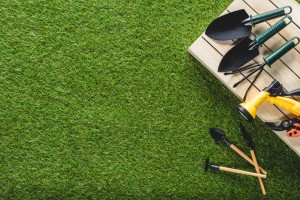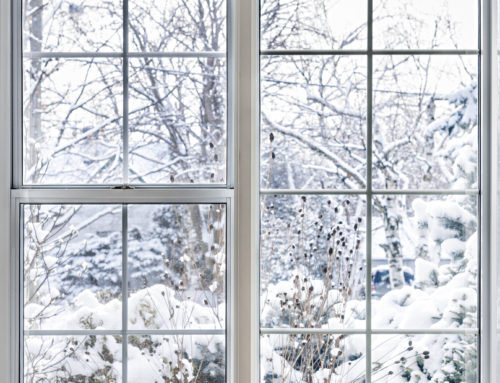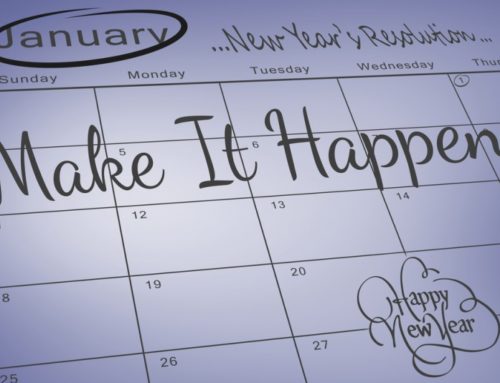 The winter finally appears to be in retreat, and soon we’ll be in full-blown Spring. It will be nice to not have snow on the ground and to get back outside, but of course, outside means you’re going to be looking at your lawn. And if you’re like most people, that means you’ll see all the things you’ll need to do to make sure your lawn is ready for the warm weather.
The winter finally appears to be in retreat, and soon we’ll be in full-blown Spring. It will be nice to not have snow on the ground and to get back outside, but of course, outside means you’re going to be looking at your lawn. And if you’re like most people, that means you’ll see all the things you’ll need to do to make sure your lawn is ready for the warm weather.
Raking and Cleaning Up
The first thing to do is go through the yard and clear out fallen branches, twigs, or leaves you missed in the fall or that fell during the winter. If you have a mulching mower, you can have that take care of the leaves, but do get branches, weeds, gravel, or other debris out of the way.
Raking is important, even with mulched leaves, because it breaks up the soil surface to improve air flow and clears out the thatch, the old organic material from dead grass and leaves, that is no longer feeding anything. This can also thin out compacted and matted grass and prevent snow mold.
Fertilize and Fight Crabgrass
Most garden shops will sell fertilizer and pre-emergent weed killer. It’s a good idea to spread this out before the lawn really gets underway with new growth. If you fertilized in the fall, you should be okay on that front, but if you missed, get the fertilizer down before it warms up too much. Some experts think it’s okay to fertilize in both seasons, but that’s a decision you should make. You also want the weed killer down before the crabgrass really gets going, because once the seeds germinate, they’re almost impossible to control.
Mow Early and Often
It’s just a good idea to get control over the lawn early. Some people recommend mowing anywhere from three times to five times a week. A good height for most lawns is about 2 ½ to 3 inches tall. It’s better to mow more often than not, and start just as the grass reaches the appropriate height. Most experts advise mowing regularly for the first six weeks of spring. You can just mulch the grass back onto the lawn, or bag up a few early mowings to add to a compost pile for autumn fertilizing.
Trim and Clip
While you’re out there, keep an eye on bushes, vines, flowers, and tree branches. Now is the best time to shape, cut back sharply, and deadhead whatever you didn’t get to in the fall. Tree branches should be your top priority, especially if any of them overhang your house, power or cable lines, a fence, or where important objects like cars or tables may be.
Don’t Stop Watching for Weeds
Keep your eyes on the lawn for weed growth, even more than gardens or flowerbeds. Those, you can pull weeds throughout the year, but weeds set into the lawn can be hard to manage if they get going. Note that some things usually called weeds, such as clover, are not harmful in small doses, but crabgrass can be a real brute if it gets going. Talk to experts at your local garden center about the best herbicides that are less harmful for wildlife, as well as the best ways to apply these.



